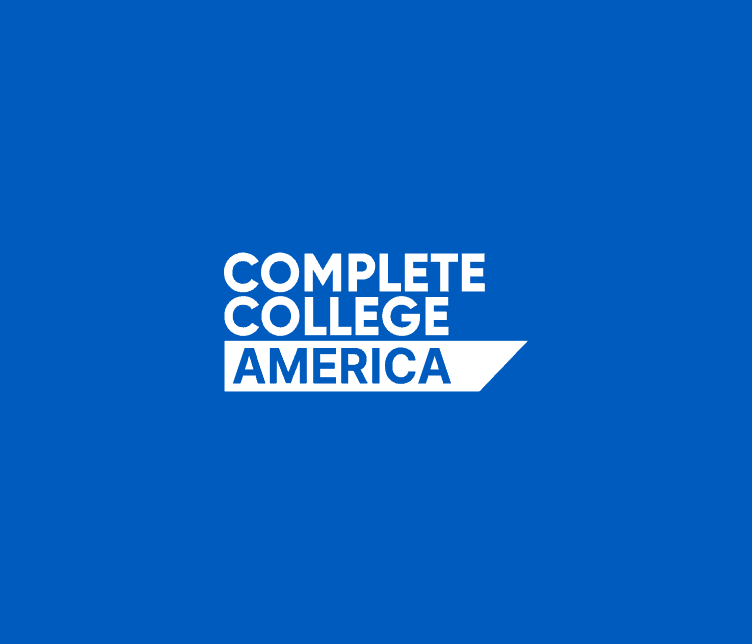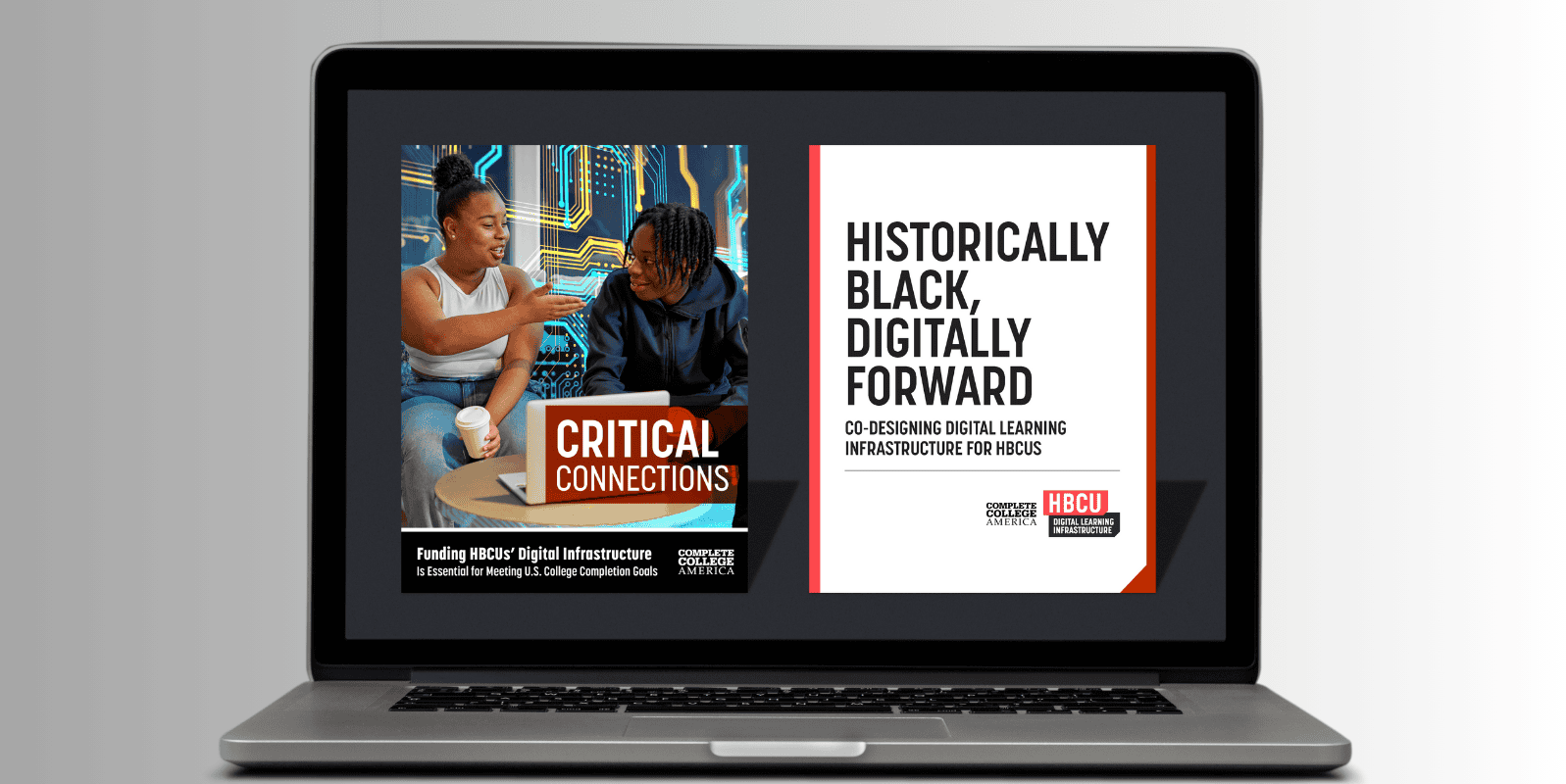Clear Paths to Graduation
Academic maps and milestones translate complex degree requirements into practical registration plans showing exactly what courses to take each semester to graduate in two or four years, addressing challenges of undecided students, major changes, and complex requirements while ensuring early exposure to major coursework.
Complex Requirements
Most catalogs are difficult to understand with unclear degree requirements
Excess Credits
Students graduate with significantly more credits than required, costing thousands
Poor Sequencing
Students take courses in wrong order or that don’t count toward graduation

Proof Points
Academic maps and milestones provide clarity and structure in confusing academic environments while ensuring proper course sequencing that supports academic performance and completion.
- Students following academic maps complete degrees with fewer excess credits, reducing time by average of one semester
- Clear pathways demonstrate better academic performance and higher retention rates
- Students avoid average of $38,000 in excess credit costs and up to $147,000 in lifetime earnings loss
- Improved resource planning allows optimal classroom scheduling and course capacity management
The College of Southern Nevada developed visual academic maps integrated with advising systems and student success tracking, incorporating both academic and career pathway information. This enhanced student retention and completion rates through structured academic planning.

College of Southern Nevada
Las Vegas, NV
Benefits
Academic maps and milestones eliminate confusion and wasted credits while providing institutions with better resource planning capabilities and students with clear, achievable pathways to graduation.
Faster Completion
Reduced time to graduation through efficient course sequencing and planning
Cost Savings
Elimination of unnecessary courses reduces student debt and financial burden
Better Planning
Clear roadmaps enable better academic and career decision-making
Related News
-
Learn More: New Report Calls for Investment in Technology Infrastructure at Historically Black Colleges to Boost Completion Rates
New Report Calls for Investment in Technology Infrastructure at Historically Black Colleges to Boost Completion Rates
Complete College America releases new research highlighting need for digital transformation efforts at HBCUs, calls for increased investment in technology upgrades and physical infrastructure to boost student success
Related Resources
-
Learn More: The College Student Success Game
The College Student Success Game
Back to CCA Games Videos, Resources, and Downloads Take on the role of a student […]
-
Learn More: Games for College Completion
Games for College Completion
Step into the shoes of a student entering college. What obstacles will you encounter? What […]
-
Learn More: Module 3: What Do Students Think About Our Technology?
Module 3: What Do Students Think About Our Technology?
Developed by The Ada Center in partnership with Complete College America Getting Started Institution leaders […]
Explore Our Work
We are shifting policy at the state and federal level, changing perspectives among educators and administrators, and implementing proven strategies across hundreds of campuses.





